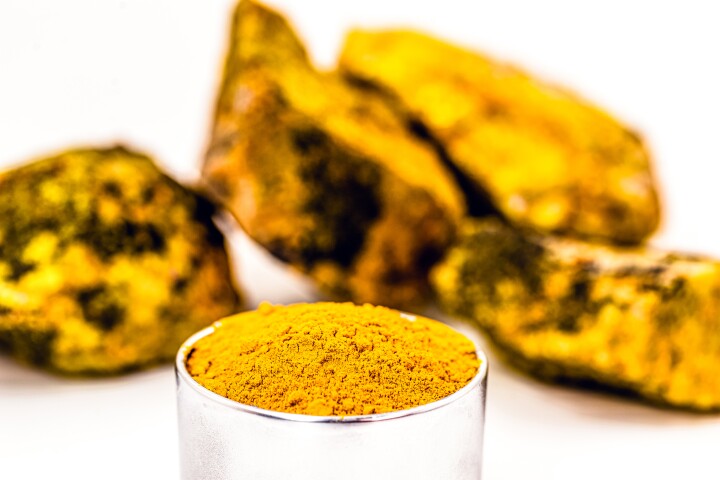Uranium
-
Since the 1960s, scientists have been turning to an unlikely harvesting ground for uranium: the world's oceans. Now, researchers have moved the prospect of sea-based uranium harvesting another step forward by using a cheap and easy-to-make material.
-
A team of researchers is using state-of-the-art forensic techniques to solve the riddle of the origin of uranium cubes that were used as part of the Nazi effort to develop nuclear weapons during the Second World War.
-
MIT researchers have found yet another use for the over-achieving wonder material graphene, by making a reusable filter out of graphene oxide foam that acts like a magnet for uranium, effectively pulling the radioactive element out of drinking water.
-
To reduce high-level radioactive waste and make nuclear reactors more economical, researchers at the Pacific Northwest National Laboratory are working on ways to use real-time spectroscopic monitoring to improve the recycling of spent nuclear fuel.
-
The Pacific Northwest National Laboratory (PNNL) in association with LCW Supercritical Technologies has made a potentially important breakthrough for the nuclear industry by extracting five grams of powdered uranium, called yellowcake, from ordinary seawater.
-
When uranium enrichment plants are shut down, you can't just take the wrecking ball to them – you first have to remove and dispose of any still-radioactive piping. Scientists at Carnegie Mellon University have developed a robot that should make finding those bits of problematic pipe much easier.
-
Thorium reactors have long been proposed as a cleaner, safer alternative to nuclear energy. Now Russian scientists propose a new thorium reactor design that can burn weapons-grade plutonium, producing power and thermal energy while disposing of nuclear waste at the same time.
-
Uranium reserves may be on the decline, but the oceans contain billions of tons of it, just waiting for us to find a practical way to extract it. To that end, a Stanford team has developed a technique that improves the capacity, rate and reusability of materials that harvest uranium from seawater.
-
When oxygen interacts with uranium, an oxidation reaction occurs that, when mixed with other elements, can create secondary minerals much like rust forms on metal. Three such minerals never before spotted have been found in the Red Canyon region of Utah growing on the walls of old uranium mines.
-
ScienceWith the world’s first laser enrichment plant having received US approval for production in 2012, the stage has been set for a radical change in the industry. So how does laser enrichment work, and what commercial benefits, along with proliferation concerns, does this new process present?









